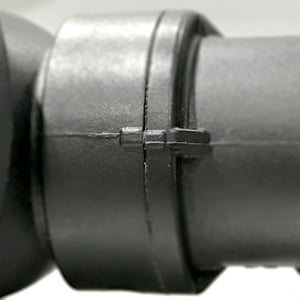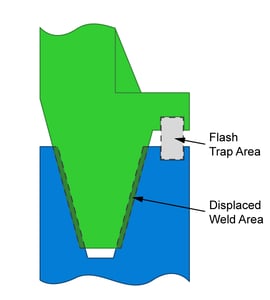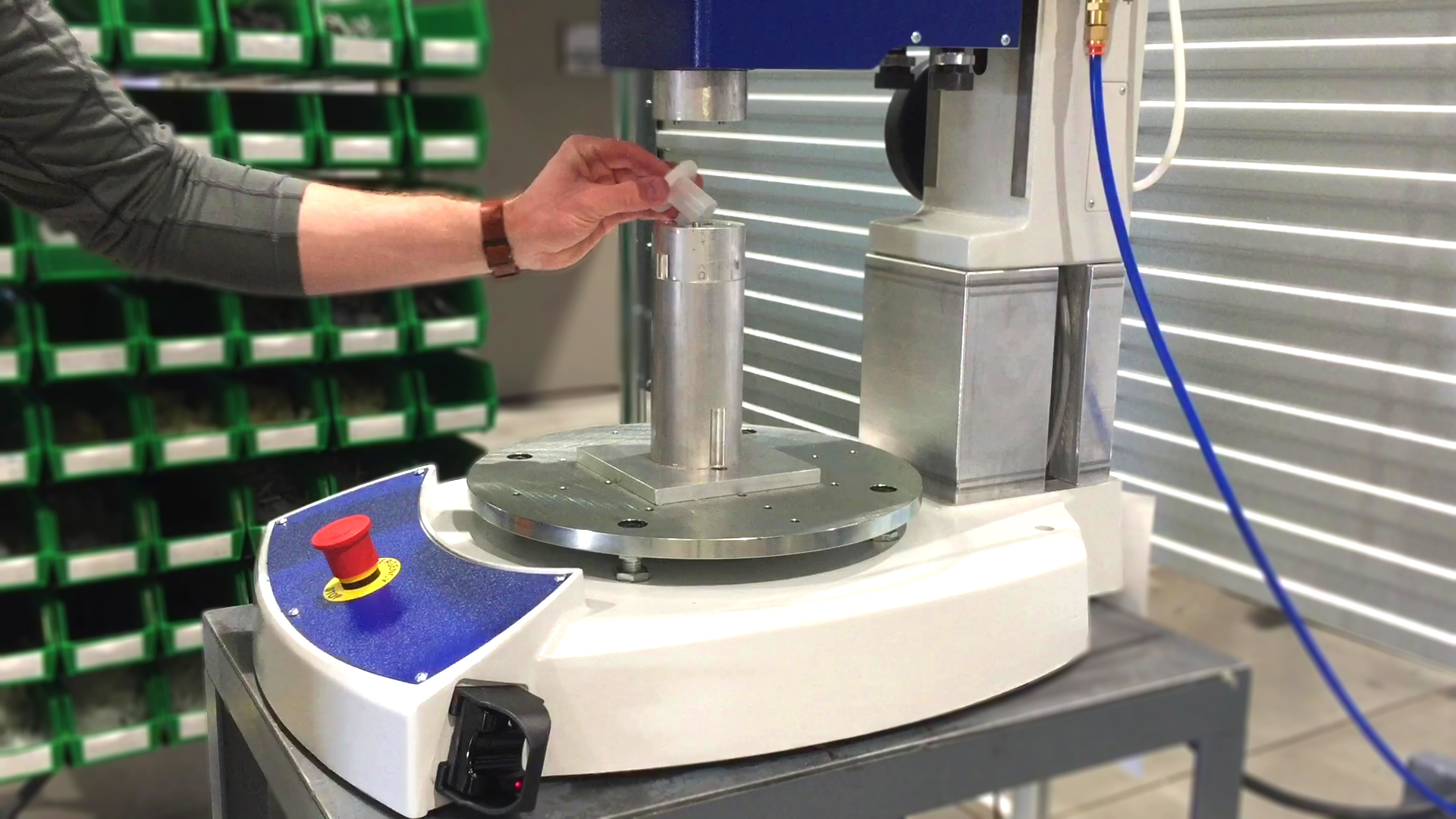3 spin welding design mistakes to avoid
Spin welding is a pretty straightforward process. You spin one plastic component against another and the friction between them causes the material in the weld joint to melt. Even with a welding process this simple, it’s easy to make design mistakes that will cause headaches later. Here are three common mistakes that you should always avoid.
Forgetting to add alignment features
Many spin welding applications require a precise final orientation of the parts being welded. For example, a 90-degree port being welded onto an engine manifold needs to be pointed in a specific direction after welding. In this scenario, make sure to add alignment features like small tabs that line up with each other when the components are in the proper orientation. This greatly simplifies the setup of a spin weld because the operator can visually inspect the parts and know that if the two tabs line up, the part is in the correct orientation.

Not including a flash trap
Spin welding is an aggressive joining technology. The process displaces a lot of material very quickly. Furthermore, it is rapidly spinning which causes displaced plastic material (flash) to spew out from the weld joint (that material has to go somewhere). If you care about the aesthetics or cleanliness of your weld at all, design a flash trap. A proper flash trap is a flange or skirt along your weld joint with enough space to contain and hide the flash generated during welding.

Not adding drive features
Have you ever struggled to open a pickle jar? It’s a lot easier when you have something you can grip that allows you to transmit torque from your hand to the lid of the jar. The same is true in spin welding. You need to transmit torque from your spin welder to the weld joint, and drive features help you do that. These are features that engage with the spin weld tooling and prevent the part from spinning inside the tool. Once the parts are secured in the tooling, the machine can easily spin them together.

There you have it, avoid these three common design mistakes and you’ll be spin welding like a pro. Just remember, always include alignment features, a flash trap, and drive features. For more detail about spin welding joint design, check out our spin welding design guidelines. And as always, if you have questions, please let us know. You can use the contact form below to get in touch, we would be happy to help you with any of your spin welding needs.

